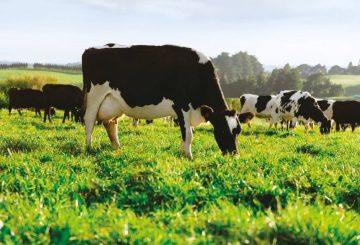Ang unang transatlantiko flight na ganap na pinapatakbo ng mga napapanatiling fuel ay nakatakdang lumabas sa Martes ng umaga. Ang flight, na pinapatakbo ng Virgin Atlantic, ay maglalakbay mula sa Heathrow ng London patungo sa JFK airport ng New York. Ang paglipad ay nakikita ng mga airline bilang patunay na posible ang isang mas madaling kapaligiran na paraan ng paglipad.
Ang mga Sustainable Aviation Fuels (SAF) ay maaaring gawin mula sa iba’t ibang mga mapagkukunan tulad ng mga pananim, basura sa sambahayan, at mga langis sa Ang eroplano para sa paglipad na ito, isang Boeing 787, ay mapupuno ng 50 tonelada ng SAF, 88 porsyento nito ay nagmula sa basura na taba at ang natitira mula sa basura sa produksyon ng mais sa US.
Ang paglipad ay naaprubahan ng regulator ng UK, ang Civil Aviation Authority, pagkatapos ng mga pagsubok at pagsusuri. Maraming mga kumpanya, kabilang ang Rolls-Royce at BP, ang kasangkot sa proyekto.
Tinitingnan ng industriya ng paglipad ang SAF bilang ang pinaka-epektibong paraan upang mabawasan ang mga net na emisyon nito sa zero. Habang ang mga eroplano ay naglalabas pa rin ng carbon kapag gumagamit ng SAF, inaangkin ng industriya na ang “emisyon ng buhay” ng mga gasolina na ito ay maaaring hanggang sa 70 porsyento mas mababa.
Sa kasalukuyan, ang SAF ay ginagamit sa maliit na dami, pinaghalong sa tradisyunal na jet fuel, at bumubuo ng mas mababa sa 0.1 porsyento ng gasolina ng aviasyon na natupok sa buong mundo. Ito ay mas mahal kaysa sa kerosene, at limitado ang produksyon.
Plano ng gobyerno ng UK na magkaroon ng limang komersyal na planta ng SAF na itinatayo sa 2025, at naglalayong mangangailangan ng 10 porsyento ng gasolina ng aviasyon upang maging SAF sa 2030. Gayunpaman, nagbabala ang mga eksperto na ang SAF ay hindi isang mahiwagang solusyon sa problema sa emisyon ng industriya.
Sinabi ni Dr Guy Gratton, kasama na propesor ng aviasyon at kapaligiran sa Cranfield University, na ang paggamit ng SAF ay dapat ituring na isang hakbang patungo sa hinaharap, tunay na net zero technologies.
Ang Airlines UK, na kumakatawan sa mga carrier na nakarehistro sa UK, ay nagsabi na kailangan nila ng access sa sapat na abot-kayang SAF upang matugunan ang kinakailangan sa 2030. Binigyang-diin din nila ang kahalagahan ng pagkuha ng maraming SAF hangga’t maaari mula sa UK upang maiwasan ang mas mataas na gastos sa gasolina para sa mga pasahero sa UK at potensyal na pagkawala ng trabaho
Ang mga kampanya sa kapaligiran ay nagtatalo na ang pinakamabilis na paraan upang mabawasan ang mga emisyon ay ang lumipad nang mas kaunti. Gayunpaman, naniniwala ang mga ministro ng UK at industriya na ang “net zero” sa 2050 ay maaaring makamit kahit na may pagtaas ng bilang ng mga pasahero.

















































-360x245.jpg)










